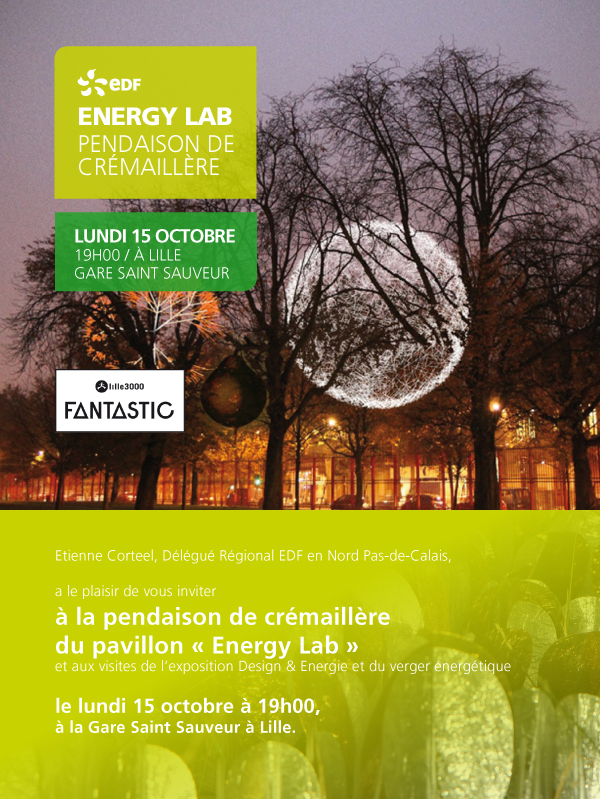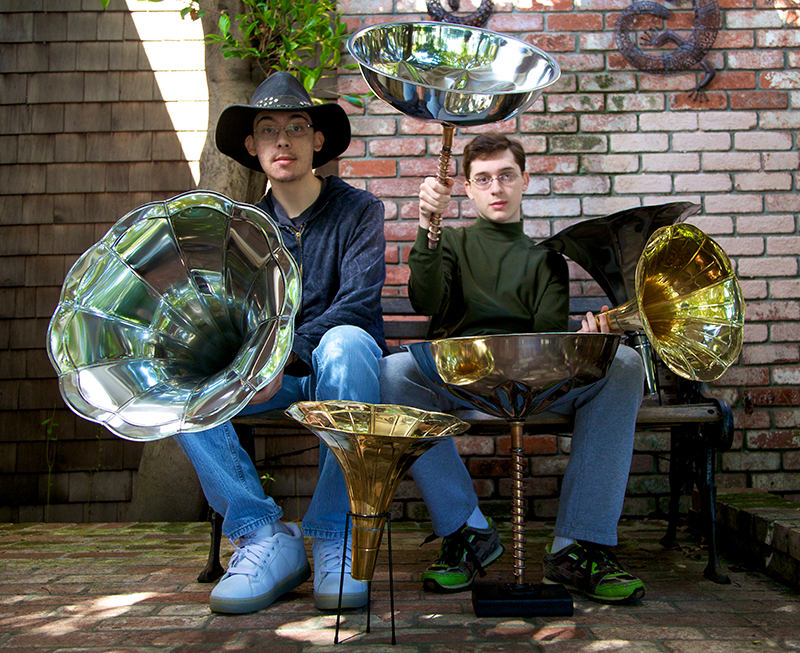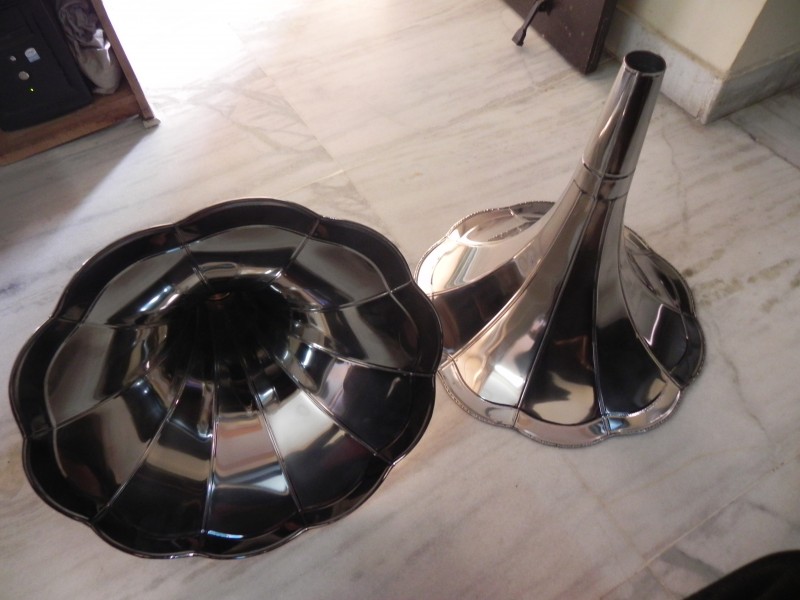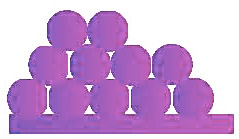
Raw Materials is part of the EDF Evaluation Matrix for our design. It deals with Proximity, Recycled Origin, Renewable & Plentiful, and Limited Quantity. Proximity EDF Evaluation Matrix doesn’t provide a definition for this item. The D.R.I.P.S. will be manufactured in the proximity of where they will be deployed. Recycled Origin “ISO 14021 defines recycled content as...
Read more »
Tags: D.R.I.P.S. design, EDF Group, EDF Sustainable Design Challenge
Posted in Project Updates | No Comments »

Delivery and Installation is part of the EDF Evaluation Matrix for our design. It deals with Pack and Logistics Optimization, Storage Time and Space Reduction, and Low Impact Installation. Pack and Logistics Optimization “Weight, volume, distance and means of transportation.” —EDF Evaluation Matrix We hope that the D.R.I.P.S. will be manufactured in the geographic proximity...
Read more »
Tags: D.R.I.P.S. design, EDF Group, EDF Sustainable Design Challenge
Posted in Project Updates | No Comments »
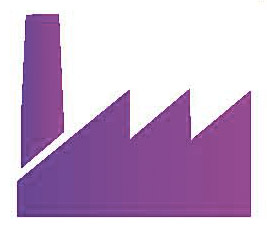
Production is part of the EDF Evaluation Matrix for our design. It deals with Clean and Economical Technology and Production Management. Clean and Economical Technology “Regarding water, air and soil pollution emissions.” —EDF Evaluation Matrix A D.R.I.P.S. model produces no pollution whatsoever. Production Management “Environment management — ISO 14001. Reduction of the production cycle.”—EDF Evaluation Matrix...
Read more »
Tags: D.R.I.P.S. design, EDF Group, EDF Sustainable Design Challenge
Posted in Project Updates | No Comments »
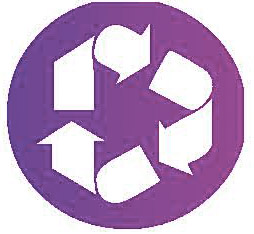
End of Life deals with questions about Reuse, Repair, Recycle, and Economic Benefits. EDF provided a rubric to judge End of Life properties of our product—D.R.I.P.S. Reuse “The product or some components can be reused for the same and/or a new application.”—EDF Evaluation Tool The individual D.R.I.P.S. models can be moved around to different...
Read more »
Tags: D.R.I.P.S. design, Ecology, EDF Group, EDF Sustainable Design Challenge, recycle
Posted in Project Updates | No Comments »

Use is part of the EDF Evaluation Matrix for our design. It deals with Low Impact Maintenance, Use Savings, and Limited Nuisances. Low Impact Maintenance “Maintenance that doesn’t require tools and working force that could generate indirect impacts like high consumption of energy (due to electrical devices or transportation) or raw materials depletion (due...
Read more »
Tags: D.R.I.P.S. design, EDF Group, EDF Sustainable Design Challenge
Posted in Project Updates | No Comments »

D.R.I.P.S. is a simple idea. It’s a large funnel, made from recycled plastic, that collects dew and precipitation during the night and transports it directly to the roots of a plant. The wide part of the funnel is about the size of a dinner plate and is fairly flat. The tube part is about...
Read more »
Tags: D.R.I.P.S. design
Posted in Project Updates | No Comments »
In September 2005 issue of Scientific American Journal, there was an article: “The Big Potential of Small Farms” by Paul Polak (August 22, 2005). Paul Polak started IDE—International Development Enterprises—in 1981 to come up with good solutions to water problems. The article describes IDE’s work and the problems they are trying to solve. There’s...
Read more »
Tags: Ecology, farming, IDE, International Development Enterprises, land use, map, people density, rainfall, surface storage of water, water budget, water scarcity, world
Posted in Background Research | No Comments »

The illustration above shows two soil levels: Water Penetration Level—the depth at which surface water no longer seep through and Evaporation water Level—the depth at which water that is in the soil can’t be evaporated by the day time heat of the surface weather above These levels can be ordered as shown or an...
Read more »
Tags: Desert, dew, evaporation, evaporation water level, vegetation, water penetration level
Posted in Project Updates | No Comments »
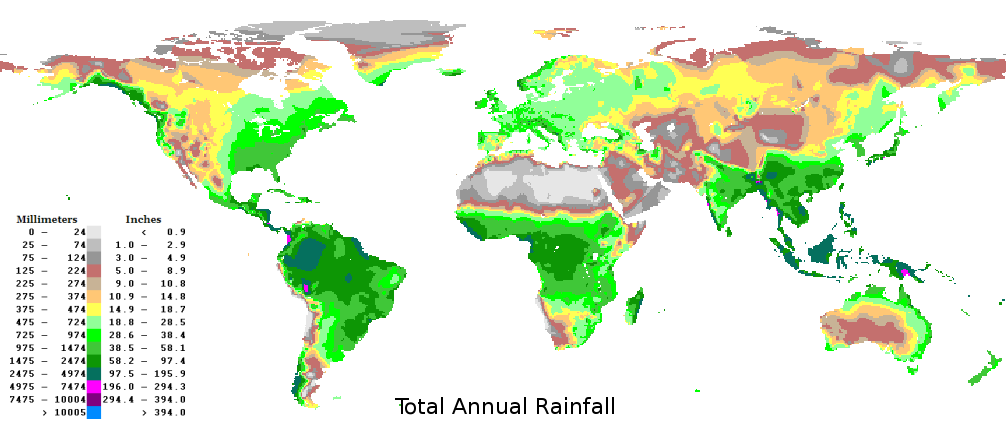
This is map of total rainfall around the world. Source: NOAA.
Read more »
Tags: map, NOAA, rainfall, world
Posted in Background Research | No Comments »
Information on evapotranspiration from Wikipedia: “Potential evapotranspiration supplements the measurement of rainfall in providing a scientific measurement-based definition of a desert. The water budget of an area can be calculated using the formula P − PE ± S, wherein P is precipitation, PE is potential evapotranspiration rates and S is amount of surface storage...
Read more »
Tags: definition, Desert, evaporation, Evapotranspiration, habitats, rainfall, surface storage of water, water budget, wikipedia
Posted in Background Research | No Comments »
“Encyclopedia of Deserts” by Michael A. Mares, Oklahoma Museum of Natural History (Norman, Okla.) is a good source of information on dew formation in the desert. Here’s a quote from page 177: “It is not exactly known how much dew forms on plants in desert areas, although it rage from 10 millimeters in cold...
Read more »
Tags: Desert, dew, Encyclopedia, habitats, subhumid
Posted in Background Research | No Comments »
“Desert Meteorology” by Thomas T. Warner provides information on dew quantities in the desert environments. It gives a table that compares the amount water accumulated from fog as opposed to rainfall. Since our project focuses on dew and collection of water from dew, this is an important source.
Read more »
Tags: dew, fog
Posted in Background Research | No Comments »
Here’s a link to wikipedia’s definition of a desert. Here you can learn about precipitation averages in a desert environment.
Read more »
Tags: definition, Desert, wikipedia
Posted in Background Research | No Comments »

Nicholas Werby is a 12th grader at Lowell High School in San Francisco.
Read more »
Tags: High School, Lowell, Student
Posted in Project Participants | No Comments »

Lowell High School is the best high school in San Francisco! We are working with our science teacher, Ms. Lisa Seawell Cole. She is part of Lowell High School Science Department and teaches Biology, Ecology, and Health Science.
Read more »
Tags: Biology, Ecology, Health Science, High School, Lowell, San Francisco, Science Department, wikipedia
Posted in Project Participants | No Comments »






